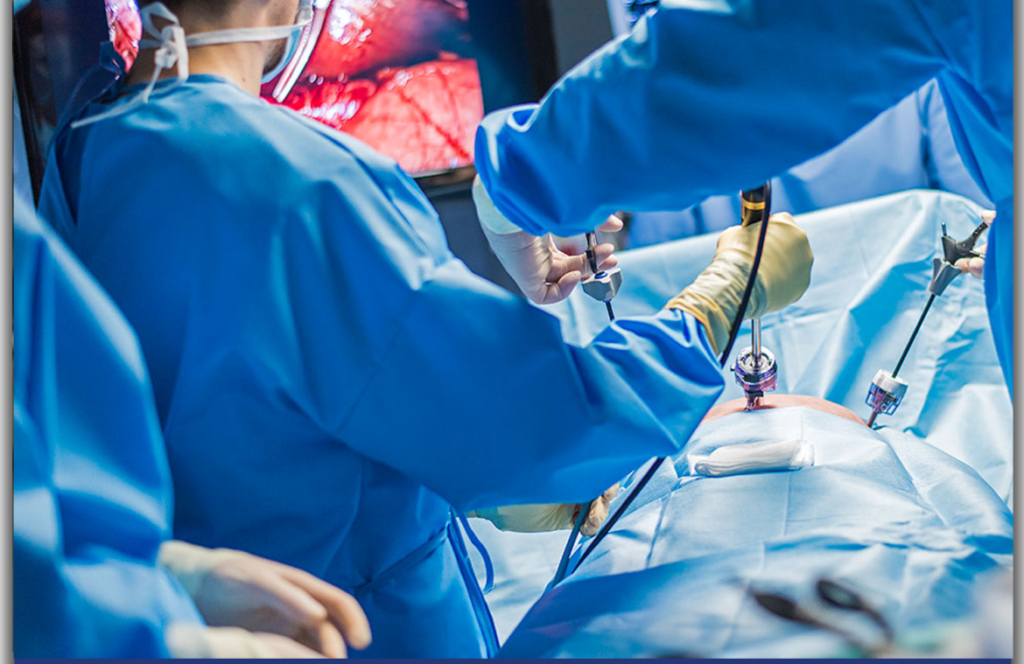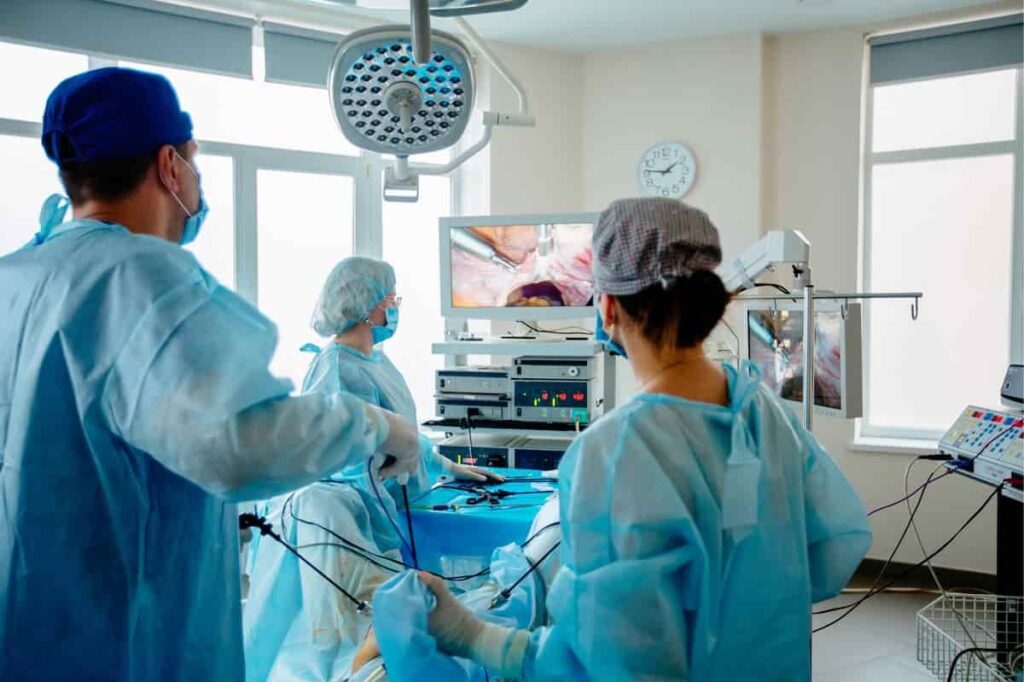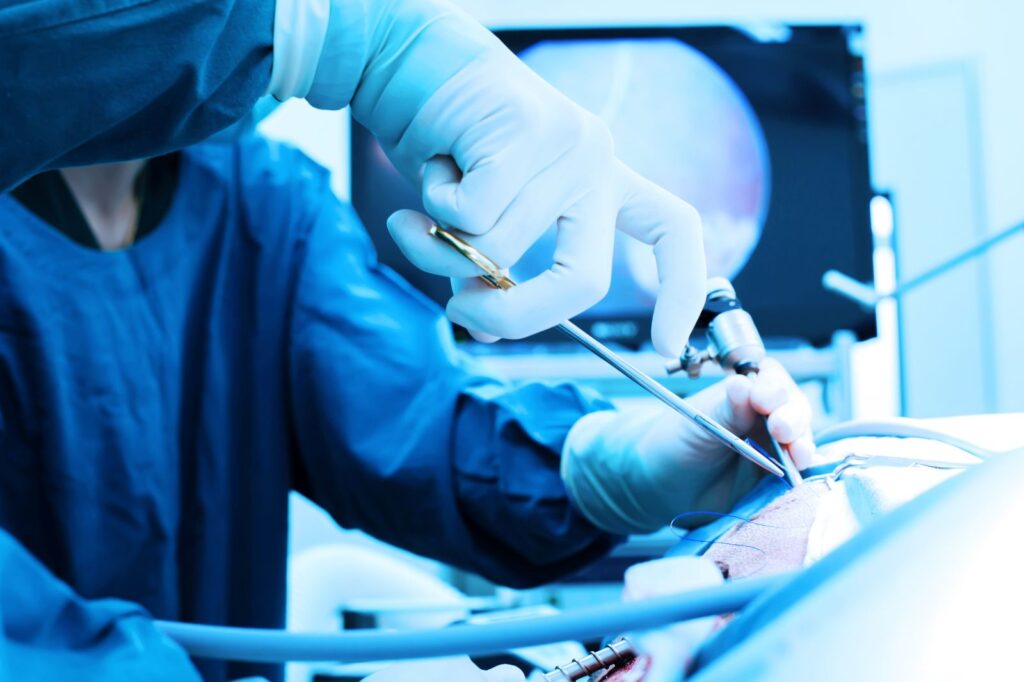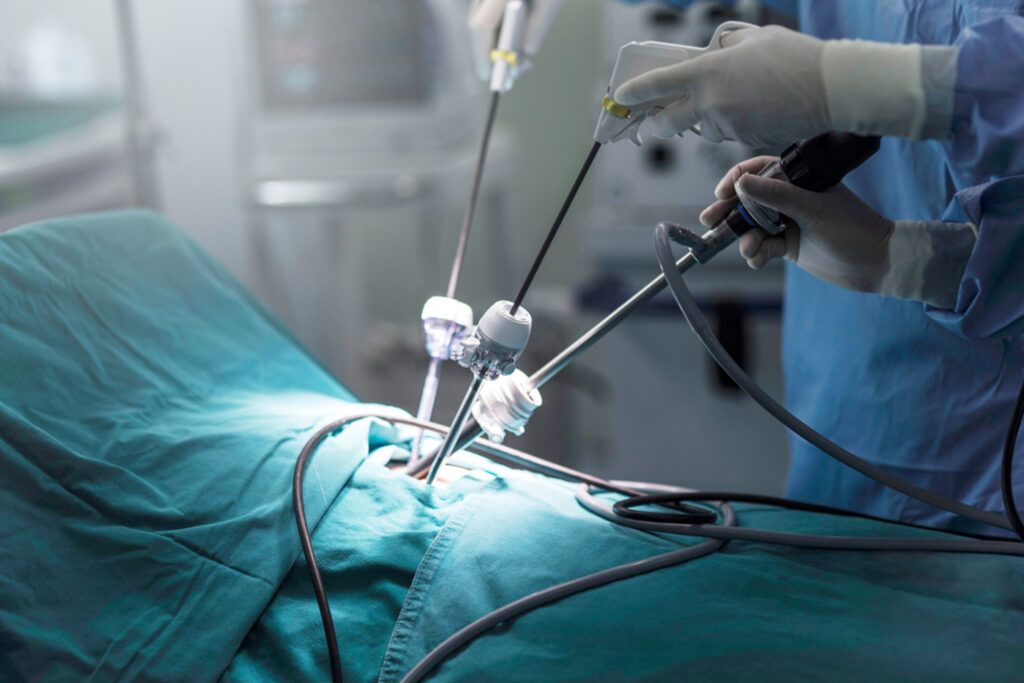
Laparoscopy Surgery
Today it is called closed surgery. laparoscopy surgeryIt is preferred as an alternative to open surgery technique. Due to its many advantages, laparoscopy is the first preferred method among surgical techniques. It provides advantages for both patients and physicians for reasons such as the short duration of the surgery, short recovery time, and low risk factors. It is successfully applied in many surgeries of urology.
Laparoscopy surgeries are surgical techniques used in the surgical treatment of organs in the abdomen or pelvis, using surgical equipment placed through several small holes instead of large surgical incisions, accompanied by images obtained through a telescope connected to a camera through pipes. Laparoscopy surgery Thanks to this, the area to be operated on can be easily seen with a telescope. The surgical procedure is performed with the image of the organs in the abdomen magnified 10 to 15 times by the high-resolution camera system mounted on the telescope.

How to Prepare for Laparoscopy?
The patient should be informed about which medications to use and how to use them before and after the operation. The physician may change the dosage of blood thinners or other medications that affect blood clotting, which will affect the outcome of the surgery. Before the operation, the doctor uses examination and imaging methods such as blood tests, urine analysis, ultrasound and computerized tomography.
The tests allow the physician to better understand the abnormality examined during laparoscopy. Before the operation, which is performed using general anesthesia, the patient should avoid eating and drinking for approximately eight hours.
How is Laparoscopy Surgery Performed?
In laparoscopic surgery, the patient is commonly given general anesthesia. An incision is made below the belly button and a tube called a cannula is inserted. The patient's abdomen is inflated with carbon dioxide gas using a cannula. This allows the physician to see the abdominal organs more clearly. After inflating the abdominal area with carbon dioxide gas, the physician inserts the laparoscope into the incision through the channels.
The images are displayed on a screen with the camera located at the tip of the laparoscope, allowing the patient's organs to be viewed in real time. Laparoscopy surgery The number and size of incisions to be made during the procedure may vary depending on the disease. After the post-operative procedures are completed, the instruments are removed. The incisions are then closed with stitches, and in some cases, bandages are also placed over the incisions.

What Diseases Does Laparoscopy Surgery Treat?
Laparoscope is among the surgical methods frequently used in the medical field in recent years. Laparoscopy types generally include surgeries performed in the abdominal area. Laparoscopy is preferred for the diagnosis and treatment of many diseases. The most frequently performed surgeries with laparoscopy surgery include the removal of some or all parts of organs such as the prostate, girth, liver, kidney and bladder, the treatment of disorders related to internal organs and the treatment of many diseases.
What are the Benefits of Laparoscopy Surgery?
Compared to open surgery, it provides many benefits to patients. Laparoscopy surgery It is applied to patients by physicians due to its benefits such as less pain after surgery, less bleeding, shorter hospital stay, fewer wounds and puncture marks, and earlier return to daily life.
Recovery Time After Laparoscopic Surgery
After the surgery, the patient can resume normal activities within 1 week. Follow-up can be done approximately two weeks after laparoscopy. The patient's discharge time may vary depending on the patient's general health condition, the type of anesthesia applied during the operation, and the reaction of the patient's body to the surgery. It is normal for the patient to feel moderate pain in the incision area after the operation. Pain or discomfort disappears within a few days.

What Should the Care Be Like After Laparoscopic Surgery?
Patients wonder what they will experience after laparoscopic surgery. The effect of general anesthesia wears off 3 to 4 hours after the surgery. After the surgery, the patient is given various painkillers. During the surgery, hidden stitches are used on the patient. These stitches dissolve on their own. For this reason, the patient does not need to perform wound care. The stitches dissolve on their own over time. Bruising at the incision sites is expected. Bruising disappears on its own over time. Liquid foods are taken for 6 hours after the surgery. If the patient does not experience nausea and vomiting, solid foods can be started. If the patient has nausea or vomiting in the abdomen, the doctor must be informed.
Is There an Age Limit for Laparoscopy Surgery?
Laparoscopic surgery, which has very low complication risks, can be performed without any age limit. Laparoscopy surgery The patient's general health condition must be suitable for surgery. After the examination and necessary tests, if there is no obstacle, the patient is treated with laparoscopic surgery.
Frequently Asked Questions
Laparoscopic surgeries are performed under general anesthesia.
The experience of the surgeon and the equipment of the environment where the surgery will be performed are the most important factors affecting risk factors. The risk factors of laparoscopic surgery performed in experienced hands and well-equipped centers are quite low.
Generally, the patient can continue all normal activities 1 week after laparoscopy surgery.
Our treatments
- Prostate cancer
- Bladder Cancer
- Kidney Cancer
- Kidney stone
- Robotic Surgery
- HOLEP
- ThuLEP
- Prostate Biopsy
- hydrocele
- varicocele
- Testicular Cancer
- Urinary tract infection
- Urinary Incontinence in Women
- Urodynamics
- Vesicovaginal Fistula
- Laparoscopy Surgery
- Sacral Neuromodulation
- Laser Prostate Surgery
- Penile Prosthesis Implantation
- Prostate Hot Water Steam Treatment
- Penile Shock Wave Therapy – ESWT
- Male Infertility
- Drug Treatment for Sexual Dysfunction (Erectile Dysfunction)
